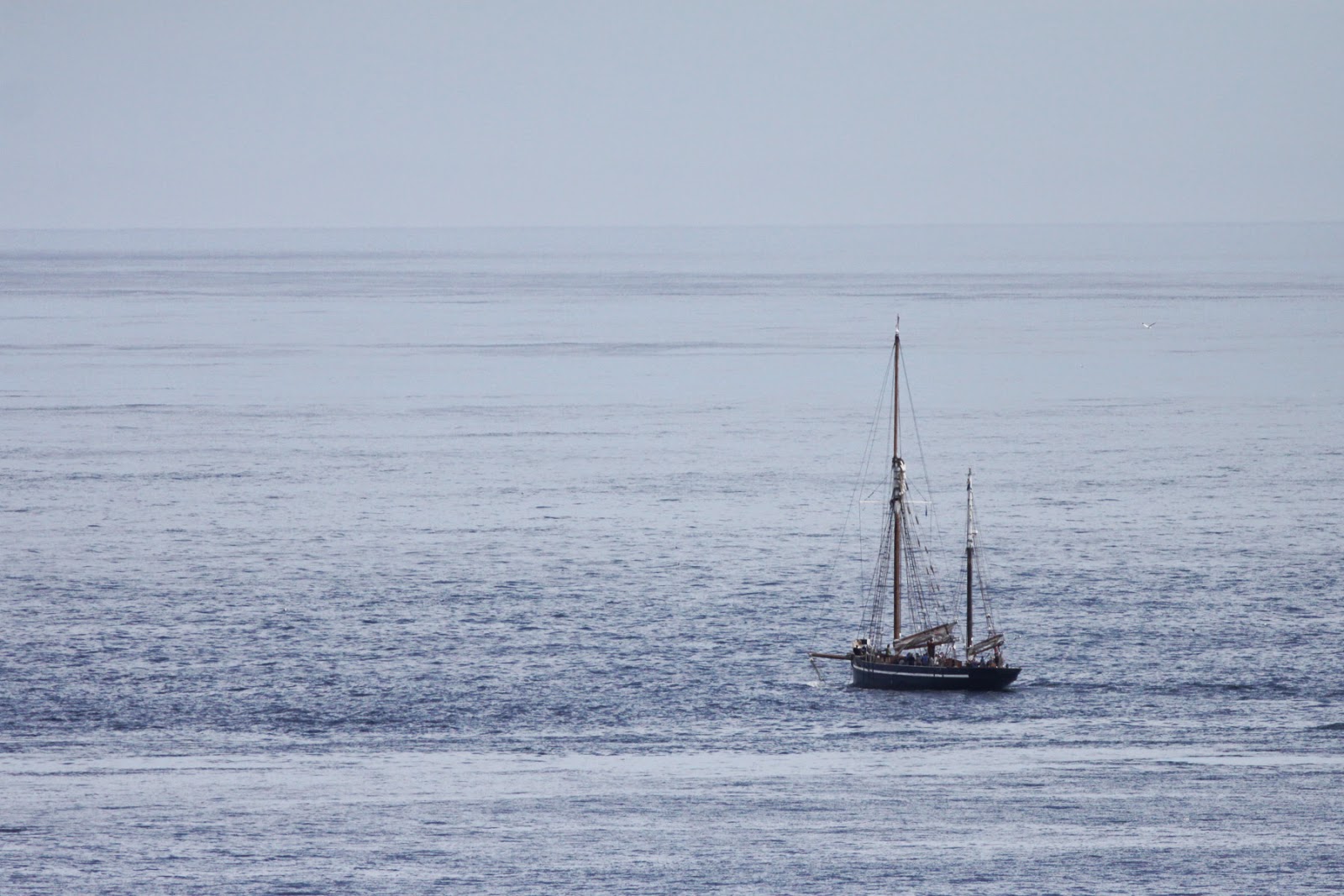| However it's been mixed news for the Bonxies, where record numbers nesting are not going to produce a massive amount of chicks judging by the evidence so far. Cannibalism in the colony has been noted, usually a sure sign that there isn't enough food to go round. Of the two ringed chicks I have found eaten, both were near their nests, suggesting that the parents were away for extended periods foraging when the youngsters were attacked (or that older chicks are killing their younger siblings in times of food shortage). |

.jpg)


3.jpg)

.jpg)
That last photograph is stunning!
ReplyDelete